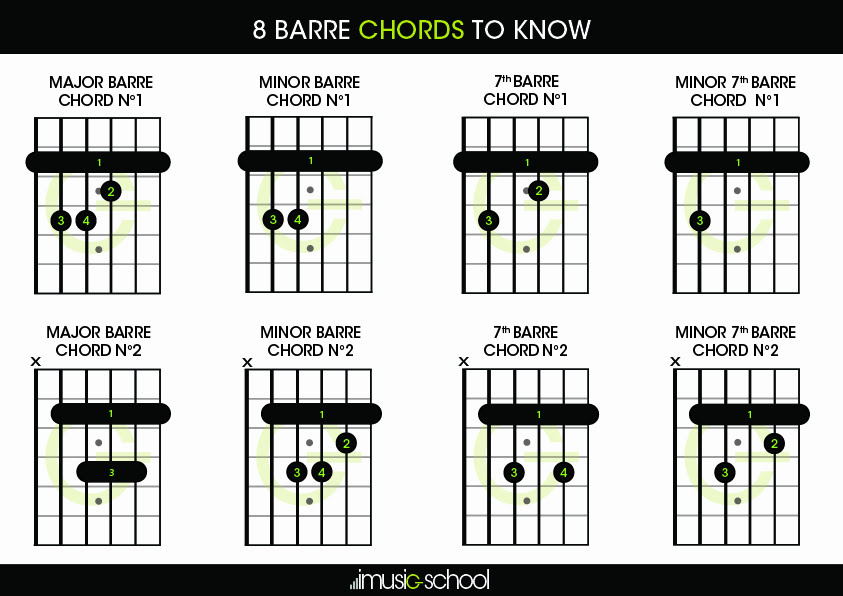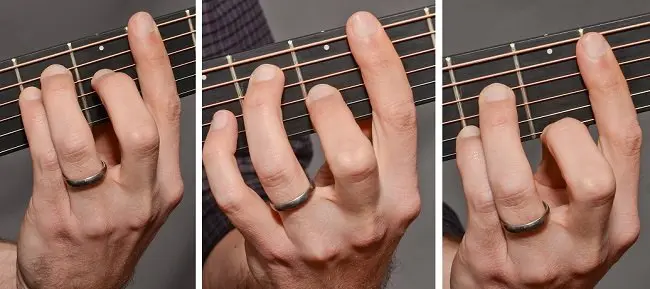Mastering the Art of Barre Chords: Unlocking the Secret Through Fret Hand Positioning
When I embarked on my guitar journey, I spent numerous weeks evading the notorious barre chords at all costs. The elusive F chord, in particular, seemed like an insurmountable obstacle. I would allocate brief periods attempting to press my index finger firmly on the first fret, endeavoring to produce clear notes, only to face almost inevitable failure. The task of learning barre chords felt overwhelming; they never sounded right, and my fret hand would quickly tire, leading to immense frustration.
However, I soon discovered that the struggle with barre chords was unnecessary. Success in playing these chords is not solely about the strength of the fret hand but significantly hinges on the positioning of the fret hand. Mastering barre chords primarily involves correctly positioning the thumb of the fret hand. Once this position is perfected, playing barre chords becomes effortless.
Let’s delve into the F chord shape:

Learn Guitar For Beginners
The index finger bars the strings at the first fret. To efficiently set up your fret hand for this, focus on the thumb’s position, which is crucial for mastering barre chords.
Firstly, your fret hand thumb should rest near the midpoint of the neck’s back. This placement enables your index finger to stretch across and bar all the strings effectively.
With your thumb behind the neck, ensure its position is correct. The thumb’s location is vital for producing good-sounding barre chords without solely relying on the hand’s smaller muscles to squeeze the neck.
From a top-down perspective of the guitar neck, position your fret hand thumb closer to the guitar body than your index finger. Ideally, the thumb should align approximately with your fret hand’s middle finger, as illustrated:
This thumb placement leverages the wrist’s twisting motion to apply pressure, making it easier to bar with the index finger. The larger wrist and forearm muscles are more suited for this task, unlike the smaller hand muscles that quickly tire when attempting to squeeze the neck.

Remember, the key is utilizing the wrist and forearm’s twisting power rather than the hand’s pinching force. Positioning the thumb closer to the guitar body than the index finger provides optimal leverage for a firm barre with the index finger.
When the thumb is correctly positioned, your index finger will contact the strings and fretboard on its side, which is perfectly acceptable. The index finger need not be flat against the strings. The twisting pressure from the proper thumb placement naturally positions the index finger in this manner.

Mastering barre chords and achieving a pleasant sound marks a significant milestone in your guitar-playing progression. With the proper setup, barre chords will soon become effortless. Achieving clear and easy-to-play barre chords will elevate your guitar playing to new heights. Remember, the key lies in the fret hand’s positioning—leveraging the appropriate muscles for optimal results.
Begin your journey now with online guitar lessons tailored for beginners.




Leave a Comment